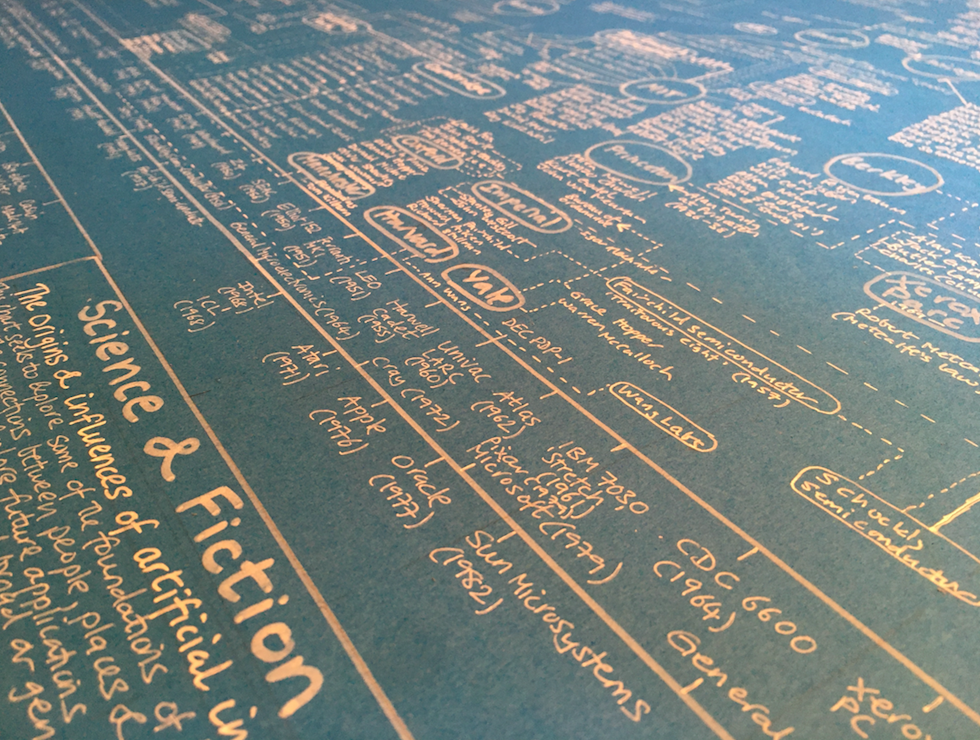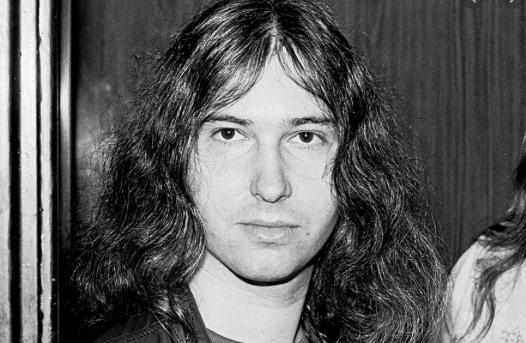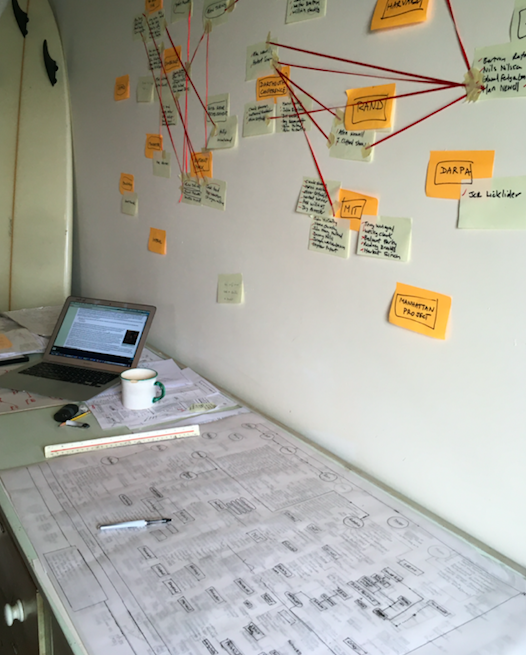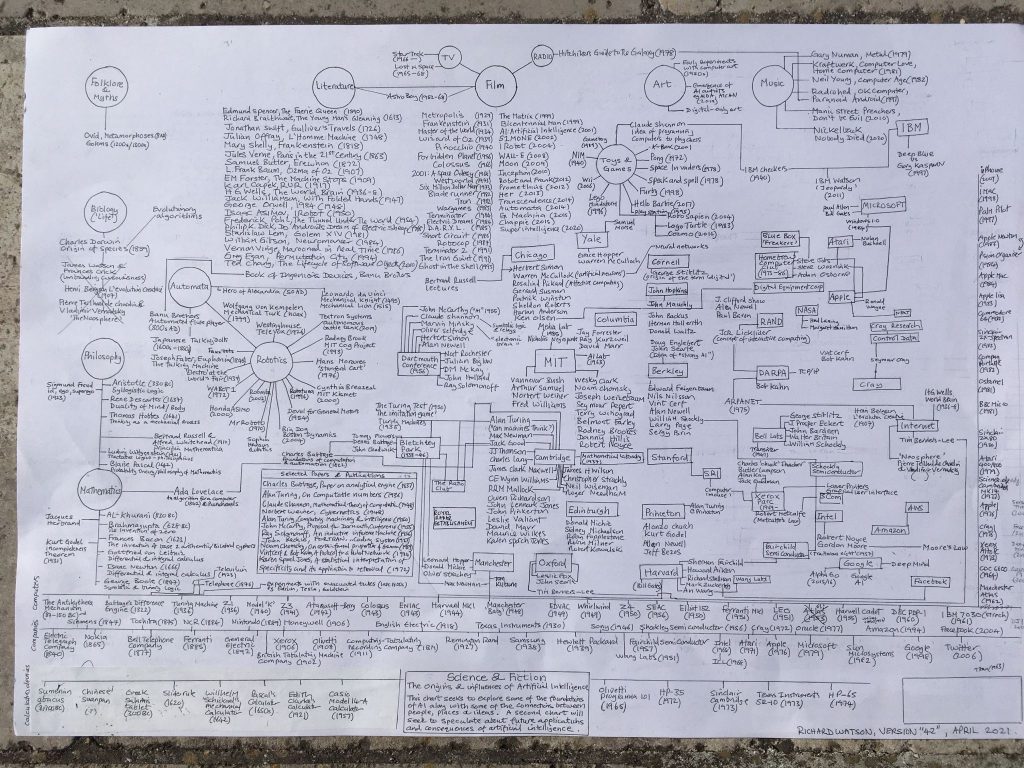It’s getting a bit better, although still too many mistakes and currently lacking an underlying logic for the structure. Bear with…



Something from Jim Steinman, the musician, who wrote Bat Out Hell and died a few days ago (1947-2021).
“If you don’t go over the top, you can’t see what’s on the other side.”
Reminds me slighly of Kurt Vonnegut’s quote: “I want to stand as close to the edge as I can without going over. Out on the edge you see all the kinds of things you can’t see from the center.” And this, of course, harks back to Guillaume Apollinaire’s ‘Come to the edge’ quote.

Just working on another revision of my artificial intelligence (AI) foundations map. But I like Greg Orme’s idea of turning this map into a series of monthly instalments, each looking at a particular area of computing, AI or robotics. So, for example, one could focus on how literature has influenced robotics and vice versa. Ovid’s Metamorphosis would be a good a place to start, but so might Mary Shelly’s Frankenstein, itself influenced by the Year Without Summer (1816), which was caused by the 1815 eruption of Mount Tambora in Indonesia. (Who knew one could draw a link between a super-volcano in 1815, Mary Shelley in 1818, Isaac Asimov’s iRobot in 1950 and Ex Machina 2015?). If you were really going for it you might even link a 2020 episode of Dr Who (The Haunting of Villa Diodati) in which abnormal weather is linked to the Cybermen.
Or we could look at the origins of the Internet (ARPANET, 1969-1990) and link this to ARPA/DARPA, JCR (Lick) Licklider, Bob Taylor, Vint Cerf and Bob Kahn, but also HG Wells World Brain (1936-8) and Pierre Teilhard de Chardin’s and Vladimir Vernadsky’s ‘The Noosphere’ in 1927 (also attributed to Le Roy). But did you know that Bob Kahn’s father was the futurist Herman Kahn, who worked at RAND, who provided the inspiration for the Dr Strangelove character in Stanley Kubrick’s 1964 film of the same name.
Anyway, bear with, a new improved version of the AI-sphere coming soon…and donl’ forget that once I’ve got the history of artificail intelligence done, my next job is to step into the future and speculate about the future of computing, data science, artificiual intelligence and robotics.
I think I’m getting somewhere with this. I often find that before looking forwards at the future of something, artificial intelligence, for example, it’s often worth going backwards to the start of things. This is a draft of a visual looking at the history and influences of computing and AI.
It needs a sense check, contains errors and is somewhat western-centric, but then I am all of these things. It’s also very male-heavy, but then that was the world back then – and in AI and IT possibly still is. Perhaps I should do a visual showing women in AI – starting with women at Bletchley Park, NASA and so on. I may spin this off into a series of specific maps looking purely at robotics or software too.

In the future it will be illegal to pretend you are human if you are not. (RW)